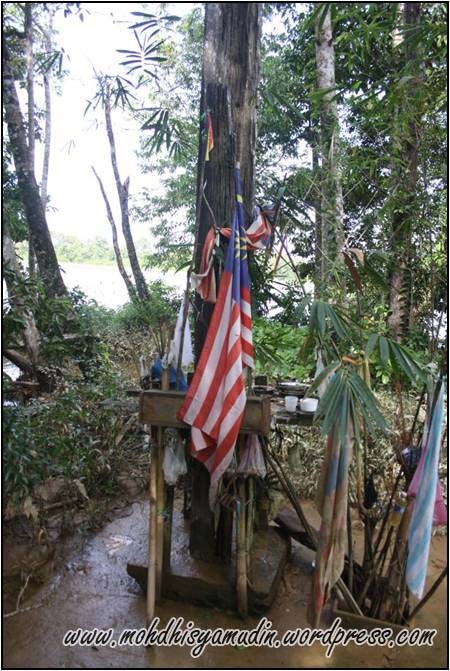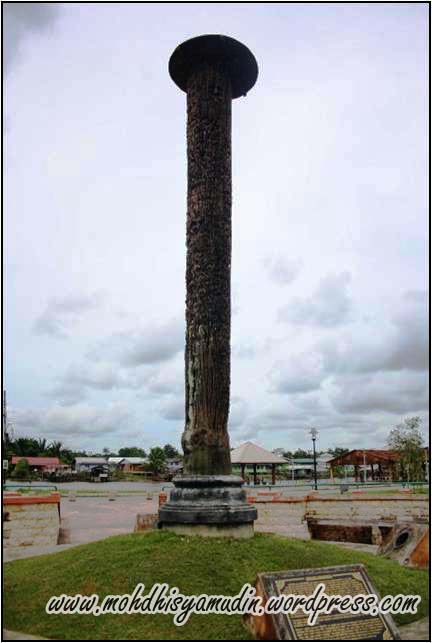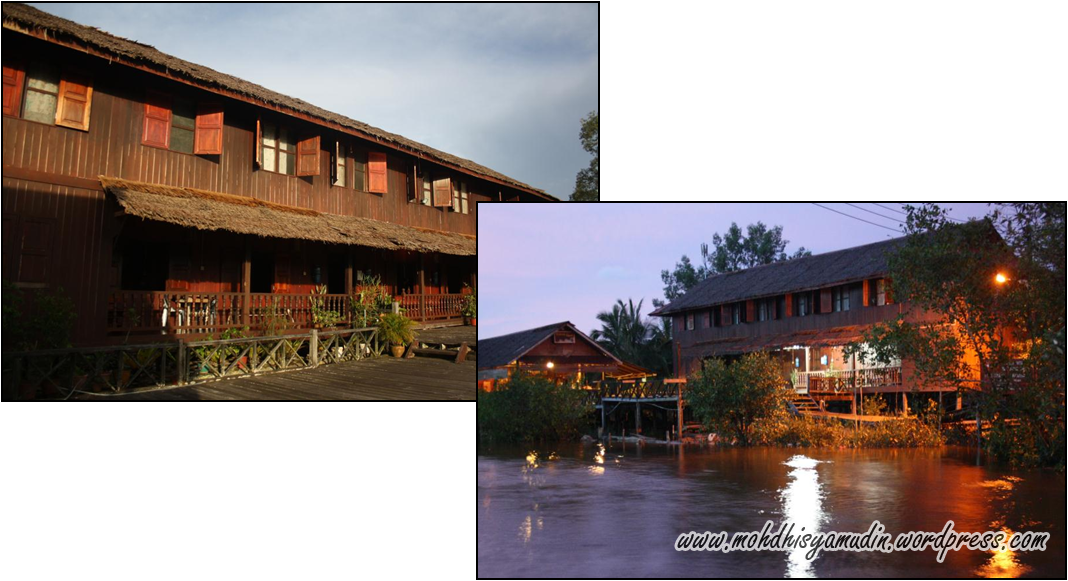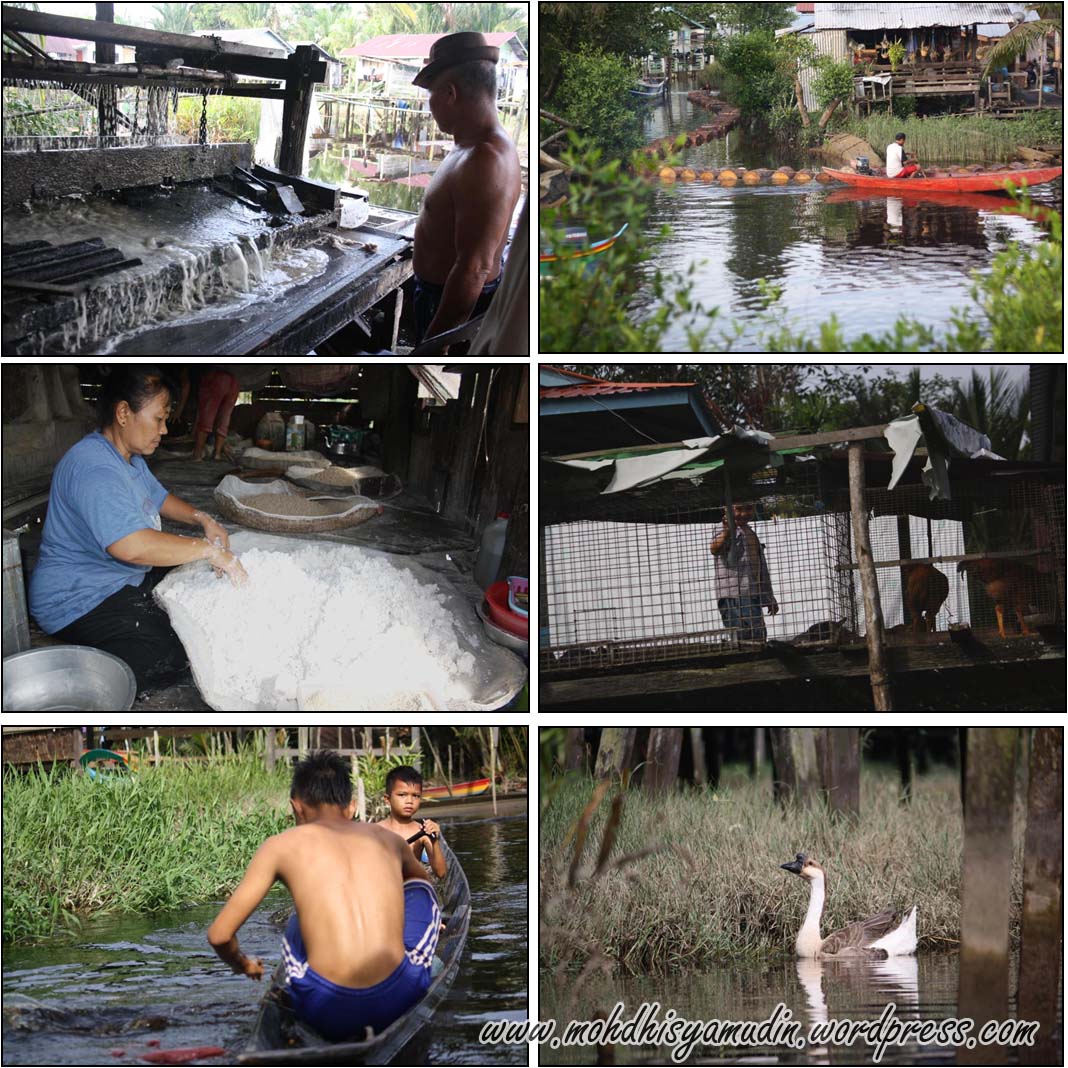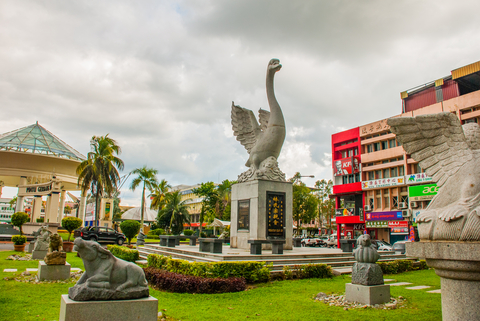
Journey to Melanau Heartland
Last update on February 1, 2012 | by sarawaktourism.com
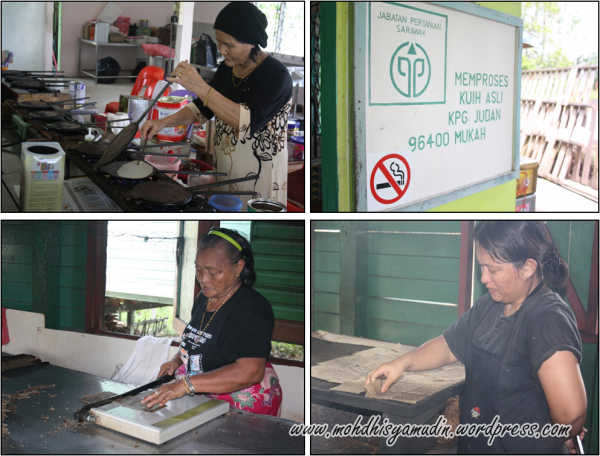
(Up : The old lady preparing ‘Kuih Sepit’ in Kpg Judan.
Down : One of the family preparing Tebaloi in Kpg Tutus Hilir)
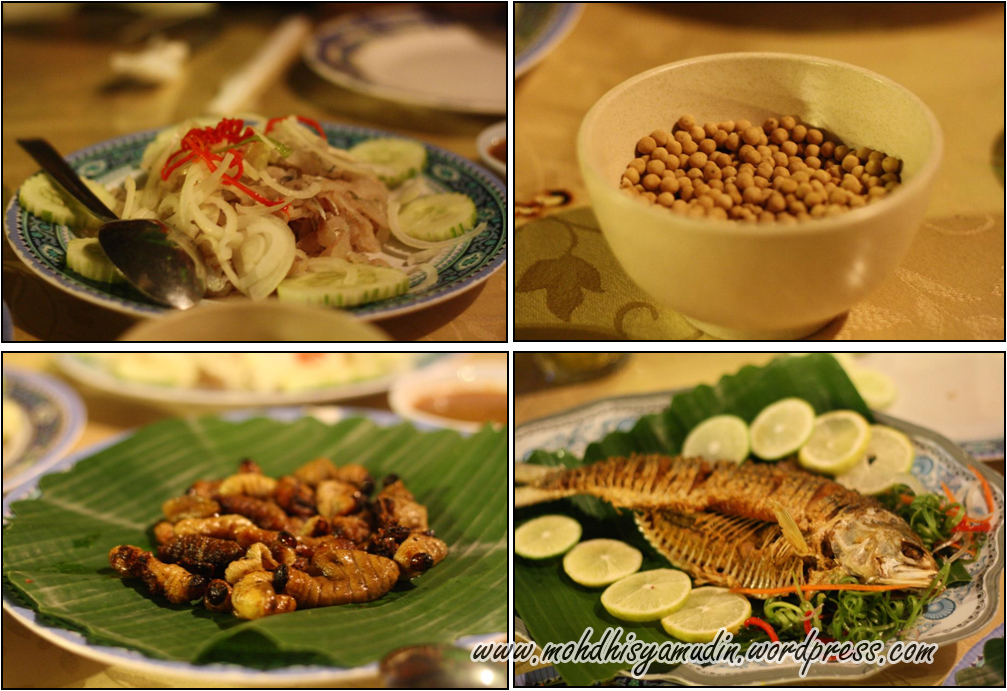 |
( Some of the dishes served in Nibong Seafood Restaurant )
(Clockwise from top left : ‘Umai’, ‘Tumpi’, Fried terubok with lemon and fried sago worm, )
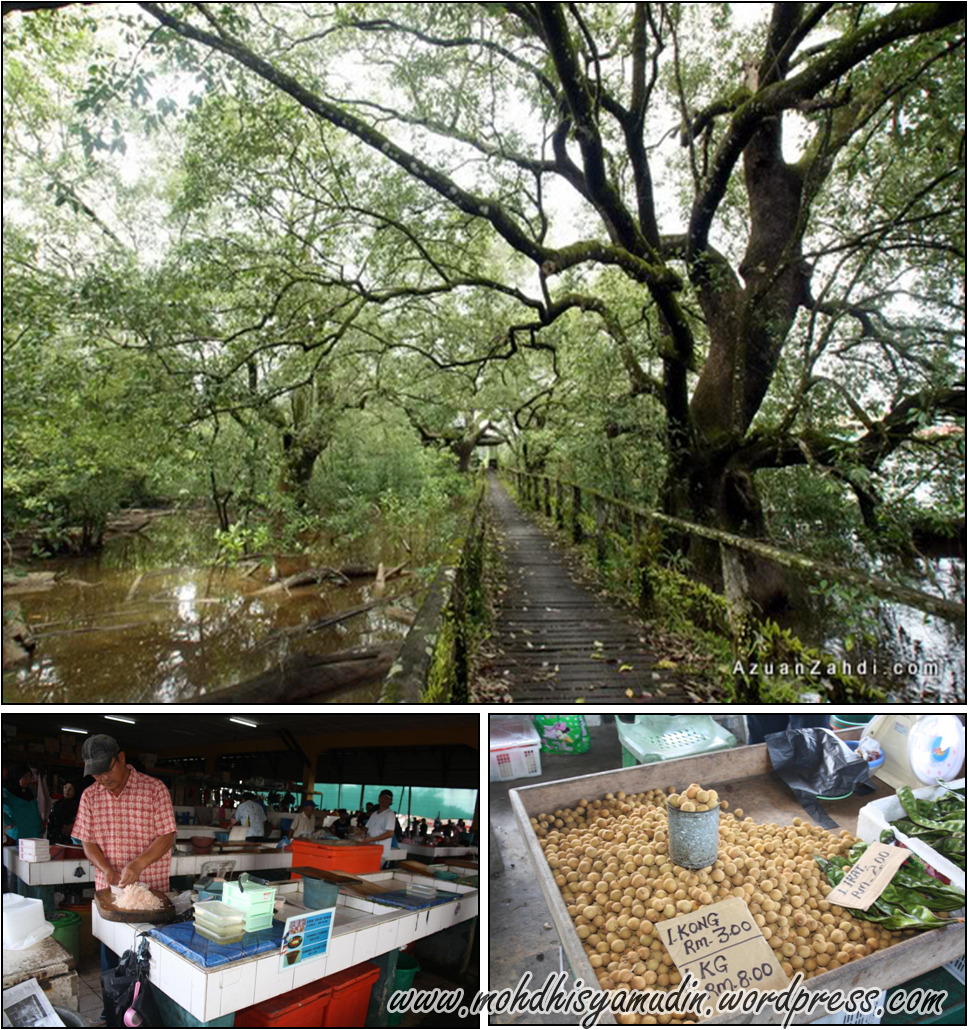
(Up : Tanjung Pedada Mangrove Walk *picture from AzuanZahdi.com)
(Down : Some activity that happen in Fish Market in Mukah Town )
Written by: Mohd Hisyamudin – Tourist Officer
The Federal Government then bought the palace in 1957, to be converted into the Istana Negara. Since then it had undergone several renovations and extensions. But the most extensive upgrading was carried out in 1980, as it was the first time that the Installation Ceremony of His Majesty Seri Paduka Baginda Yang di-Pertuan Agong was held at the Istana Negara. Prior to this the Installation Ceremonies were held at the Tunku Abdul Rahman Hall in Jalan Ampang, Kuala Lumpur.
This majestic building is nestled within a serene and beautiful 11.34-hectare compound with a variety of plants and flowers, swimming pool and indoor badminton hall. It is located at Syed Putra Road right in the heart of the capital of Malaysia, Kuala Lumpur. The building has several halls for specific purposes such as the two main halls, the Throne Hall (Balairong Seri) and the Audience Hall (Dewan Mengadap) on the ground floor.
The whole area is fenced up and the Royal Insignia of His Majesty is placed on each steel bar between two pillars of the fence. At the front of the Istana Negara, there is the main entrance which resembles a beautiful arch. On each side of the arch, are two guard posts to shelter two members of the cavalry in their smart full dress uniform similar to the ones at Buckingham Palace, London.
As the palace grounds are not opened to members of the public or tourists, the Main Palace Entrance is a favourite picture spot for tourists.

